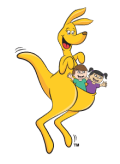GymbaROO kids are excelling academically, emotionally, in leadership roles and on the sporting field. Classes from birth – 5 yrs
GymbaROO children have skills that are a very welcome addition to classrooms around the country. Teachers tell us that not only are the children physically fit, socially adept and emotionally mature, they are ready to learn, and do so with ease and confidence. Many teachers have reported that GymbaROO children “stand out in the classroom.” What is it we do at GymbaROO that prepares children for learning and academic success?
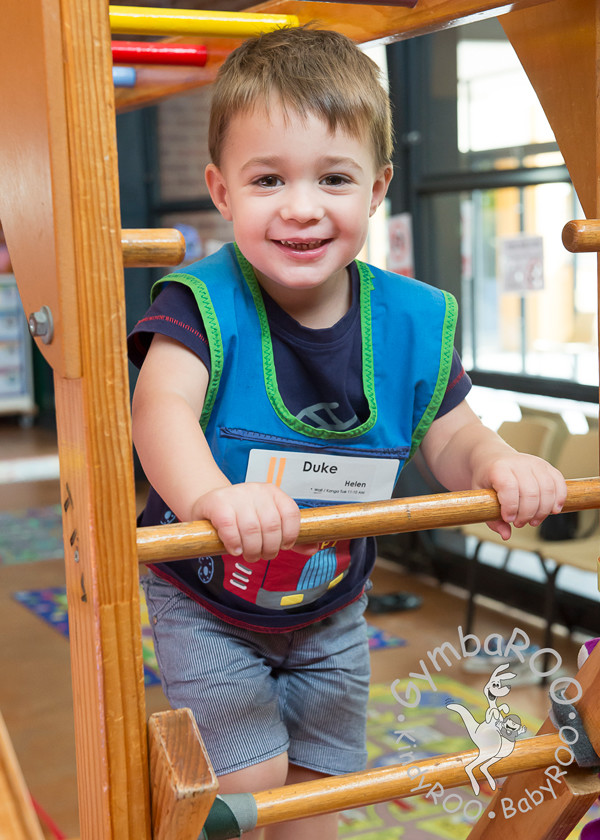
The primary reason that GymbaROO was developed was to ensure that children be given every opportunity to be ready to learn the moment they stepped inside a classroom. Margaret Sassé, GymbaROO’s pioneering founder, had worked for twenty years with school aged children who struggled to learn. What she discovered was that these children were actually very clever, however were hampered by developmental immaturities that prevented them from learning. Research tells us that almost all those who start school developmentally behind, struggle greatly, do less well academically and finish school early.¹ Presently in Australia, one in five children are beginning school with developmental immaturities that affect learning.²
Being developmentally ready for school means far more than just being the advised chronological age, it’s about the neurological wiring and organisation of the brain. Children who have not had the experiences that enables the brain to create the ‘wiring’ for developmental readiness will be at risk of school failure.³ Read more: School Readiness: Is my child ready for school? A checklist
The GymbaROO program is specifically designed to prepare a child’s brain and body for the higher order challenges that school and academic learning requires, making sure that both physically and neurologically, children are ready to learn.
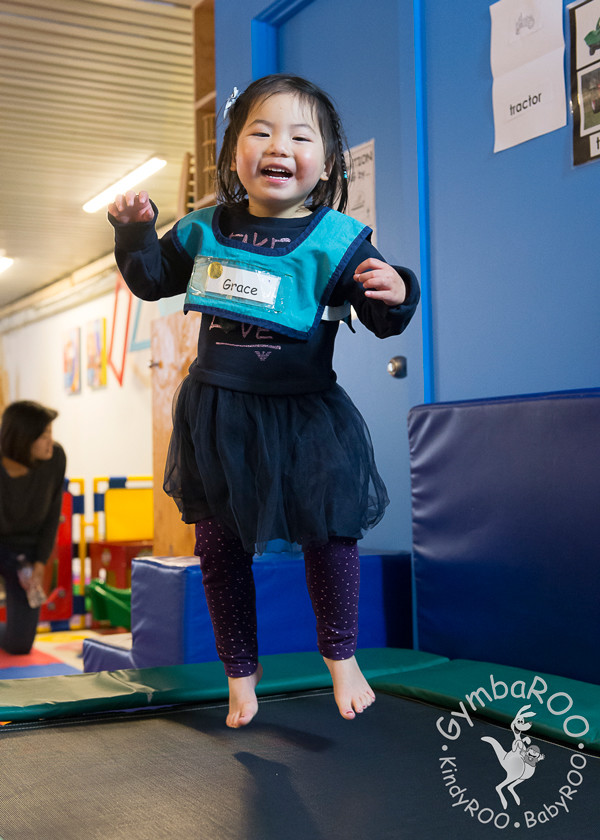
Movement is the key to learning for babies and children
Early movement experiences provide children with the essential stimulation and skills that lay the foundations for all complex thinking, doing and being. This is because movement stimulates ALL areas of the brain important for learning. We are born and programmed to develop along a specific sequence of physical milestones. These movement milestones correlate with stages of brain development. The movements and the quality of the movements within each stage of development will determine the amount of brain growth and the strength of the resulting foundations for learning. So, lots of the correct movement experiences not only makes us physically fit, but are essential for the development of key neurological pathways necessary for learning.
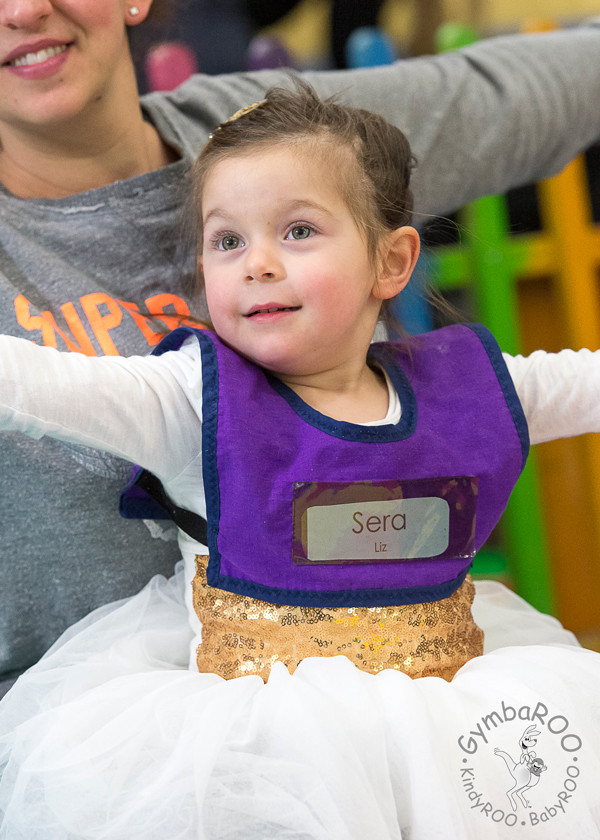
The brain expects certain movement experiences at certain ages and stages of development
Movement is essential for the activation and then the inhibition of the primitive reflexes and the maturation of the postural reflexes.4
We now know that in the first months of life, not only are reflexes important for survival, but babies learn to feel first movements as a result of these automatic patterns and from there, given the opportunities and time to practice, learn to gain control over their reflexive movement actions and gradually become mobile, first on their tummies and then creeping on their hands and knees. Primitive reflexes are responsible for getting babies moving and the development of their balance, muscle tone, head control, vision and even the development of how well they use their hands and feet.
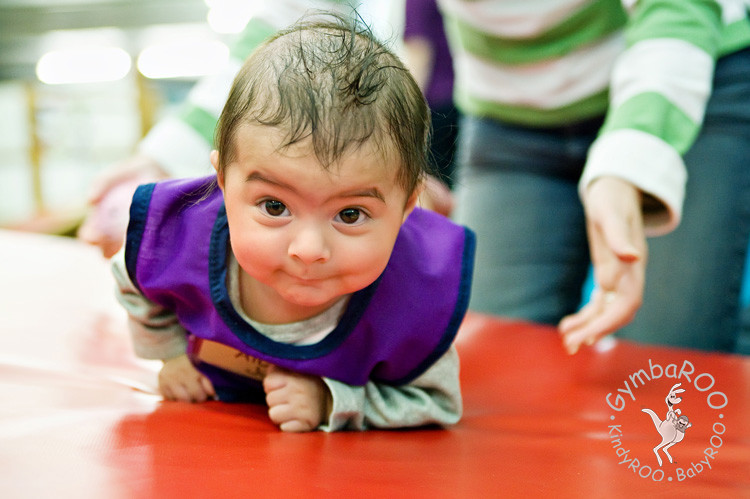
How does this help learning at school? These patterns of movement stimulate the brain to develop essential neural pathways that create a solid platform for higher level thinking and learning. It could be likened to the growth of a tree. If the root structure and trunk are strong, then the tree will have healthy, thick branches that produce an abundance of leaves, flowers and fruit. The Millennium Cohort study5 of over 62,000 UK children being followed from birth into adulthood found that babies whose motor milestones were excellent at nine months – in other words, they were crawling and creeping – were more likely to be those who learnt well at school. If the primitive reflexes are not controlled or ‘integrated’ through movement experiences, the central nervous system remains underdeveloped and this can later be seen in the classroom as bad behaviour, lack of impulse control, poor social skills and difficulty in learning, despite good intelligence.
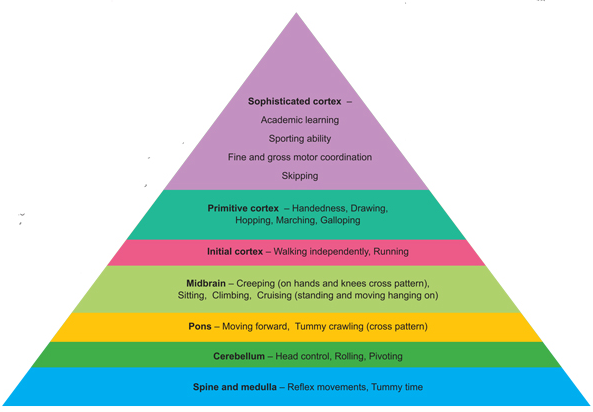
The brain needs movement as it stimulates the entire sensory system
It is our senses that feed information into our brain about the environment. This is how the brain learns, not only about what is happening in the immediate surroundings, but also about the body and how best to respond to those environmental cues. This sensorimotor feedback loop is how a child develops body awareness, balance, coordination, postural control and automaticity of movements (i.e. they don’t have to think about them). The more practice the nervous system has at receiving and sending messages, the more efficiently it operates and the more effective a child becomes at any skill being learned.6
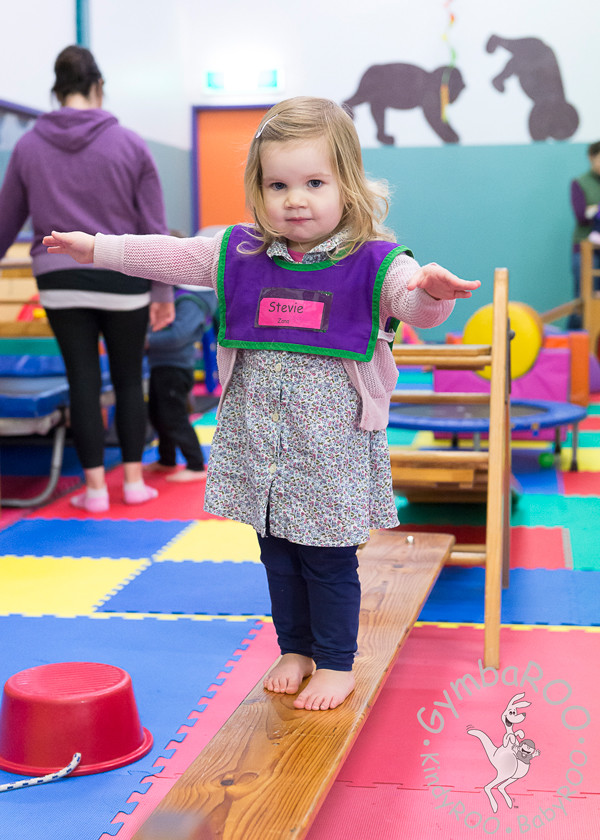
How does this help learning at school? Children who are automatically in tune with their own body, have good body awareness, balance, postural control and coordination, can sit still and pay attention to a teacher. They can concentrate, follow a sequence of instructions and complete required academic tasks without being distracted. Children who do not develop good body awareness, are at risk of becoming clumsy, uncoordinated and frequently under-achieve at school. These children will struggle to make many movements automatic, thus ‘thinking and moving’ become problematic. Being able to ‘think and move’ underlies all coordinated movement and is needed more and more at school the older your child gets. Writing, working with tools, sport, even knowing the feeling of a body well balanced for sitting at a desk, all involve ‘thinking and moving’.
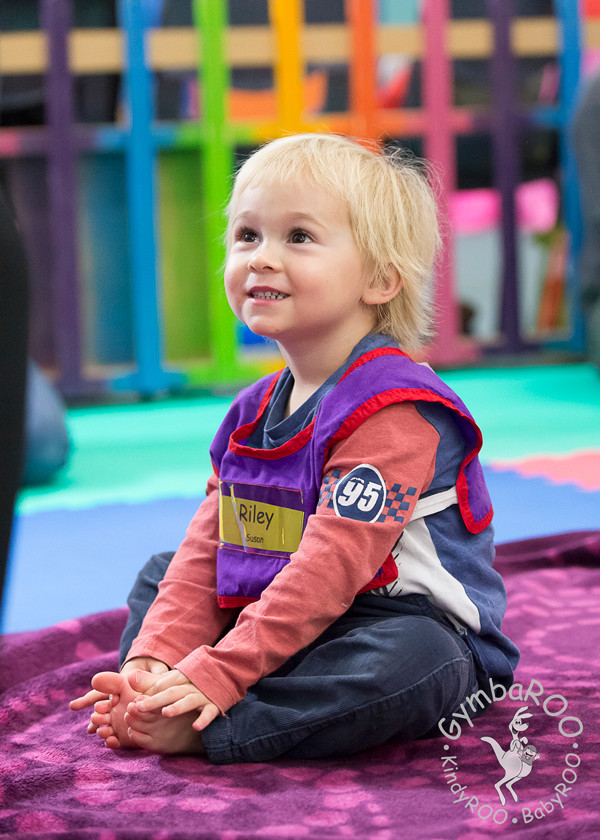
The brain needs movement to become lateralised
Lots of the correct movement experiences ensure children develop an internal (unconscious) awareness of both sides of the body and be ‘lateralised’. This allows children to move all their body parts independently of each other and in unison, and to achieve more complex levels of brain function. By school entry, each child should have a dominant hand firmly established and be able to cross their midlines. Parents may not be aware that young children have an invisible line down the middle of their bodies, from their heads to their toes. Children need to be able to cross over this midline easily with arms, legs and eyes without twisting their bodies or heads. This ability to cross the midline repeatedly and without difficulty indicates that children are lateralised and are ready for higher-order cognitive thinking. This is crucial for success at school and sport.
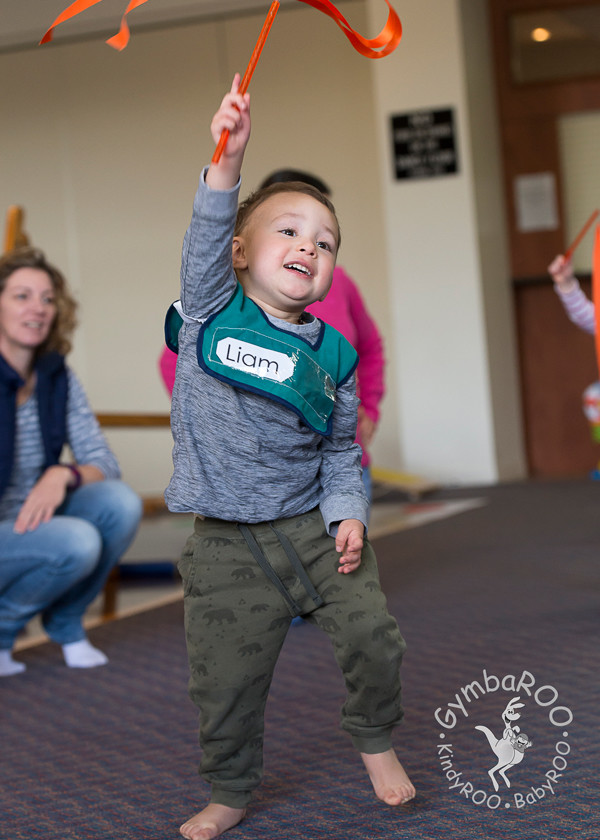
How does this help learning at school? Children who have excellent motor skills are also found to be excellent learners. Researchers, Martinez Hernandez and Caçola7 for example, found that motor proficiency in four-year-old children is predictive of cognitive ability. A child who is not lateralised will find learning more difficult. If their eyes do not cross the midline, then they cannot smoothly follow words on a page leading to reading difficulties; if their hands cannot cross over to the other side of their body, then they cannot write easily and have to twist their paper and sit awkwardly.
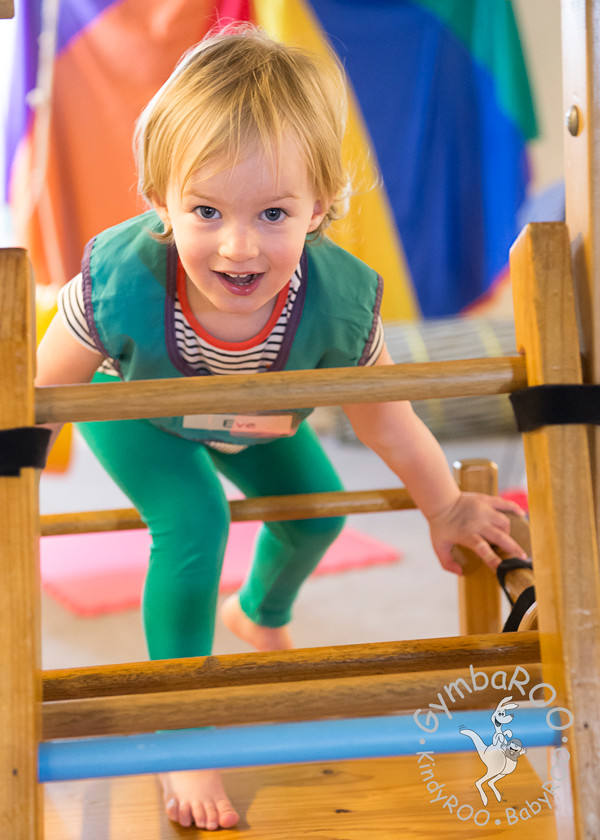
The brain needs movement to prepare the visual and auditory systems for the demands of school learning
When moving, children are developing visual perceptual skills and visual motor skills, and the more effective and efficient these are by the time a child arrives at school, the more successful the child will be at reading, writing, maths and general achievement.
Auditory sequencing skills and well-developed temporal awareness are necessary to remember the order of movements, events, numerals, letters or words. If a child’s timing and sequencing ability is ‘out’, it’s very difficult to learn or to reason logically as the child will have trouble remembering the sequence of events leading up to their conclusions.
Neuro-scientific studies now confirm that early movement and music experiences encourage skill development in auditory processing, verbal memory, language, speech processing, perception, coordination, literacy, mathematics and more.
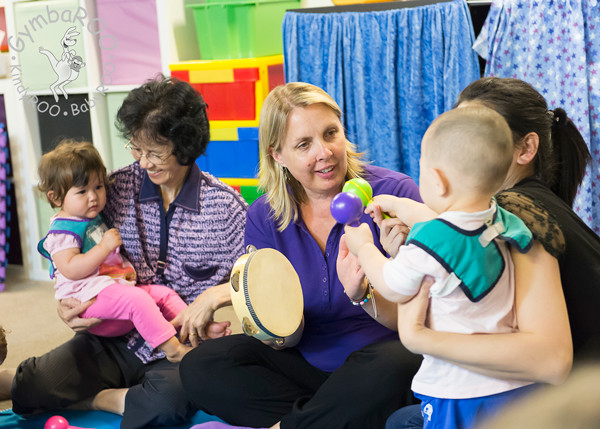
The brain needs movement to enable genetic potential
Movement is not only a key ingredient to healthy brain development; it also plays a key role in realising a child’s genetic potential. How well we learn is in part governed by our genetic potential and in part governed by our environmental experiences. Environmental factors influence the structure of the epigenome – the gene ‘switch’ that enables chemical messengers to ‘turn the gene expression on or off’. Professor Lovic8 a neuro-developmental scientist specialising in the effect of stress on the developing brain, reminds us that movement is an essential ingredient to genetic expression as it stimulates the release of the anti-stress chemicals, or ‘feel good hormones’ – endorphins – that ‘turn genes on’.
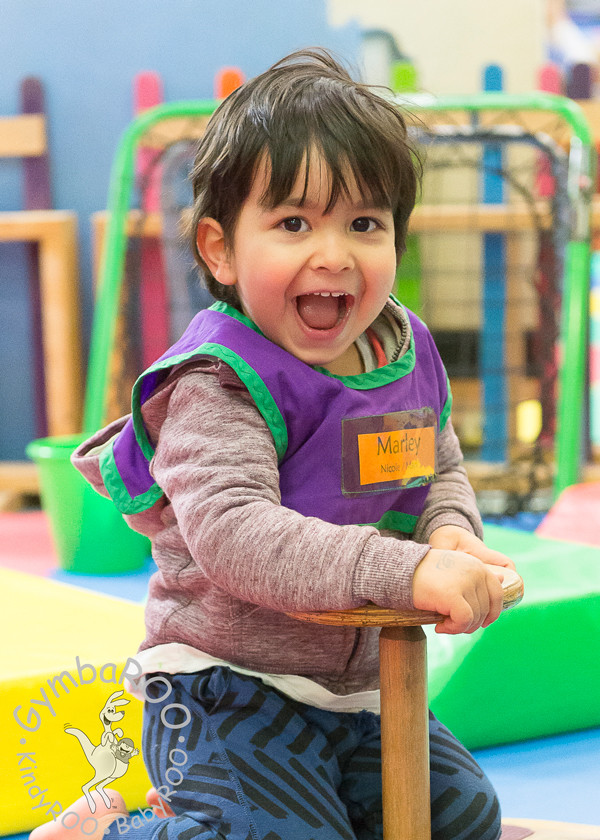
The GymbaROO program encourages babies and children to achieve the essential developmental sequence of movements, optimising brain development and readiness for learning at school. Opportunities to practice, repeat and refine these movements enables primitive reflex integration, the development of muscle tone, body awareness, balance and posture, gross and fine motor coordination, cross pattern movements, laterality, motor planning, temporal awareness, sequencing and directionality. We practice auditory processing skills, visual perceptual and visual motor skills and word recognition, and because all of this is done in a fun, safe, learning environment there are plenty of those ‘feel good hormones’ running around!
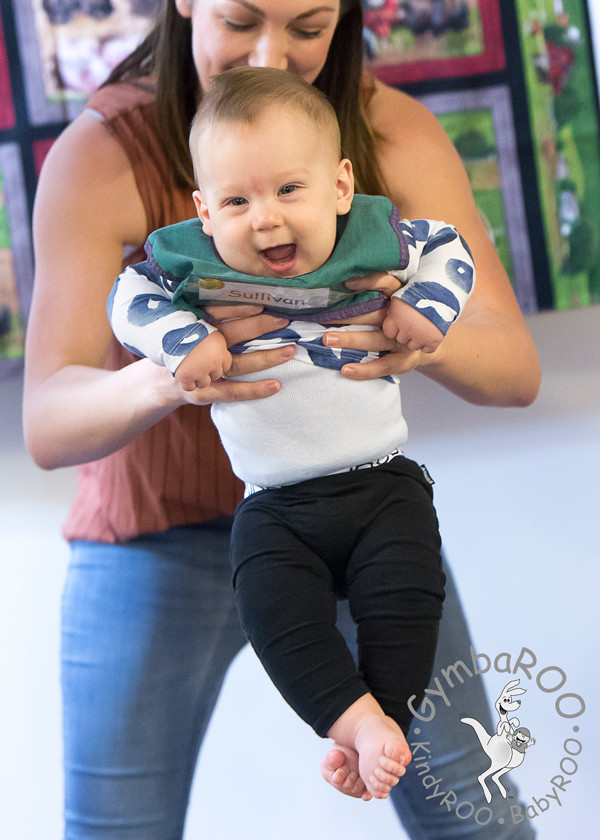
At GymbaROO, every activity right from the baby classes – BabyROO through to the School Readiness classes is carefully planned to ensure children develop solid foundational building blocks for learning and the best skills in place to start school. Through repeated movement experiences young brains grow and connect efficient and effective message pathways that optimise brain development and provide the foundations for more complex levels of learning such as reading, writing and mathematics (the three R’s).
See also Part 2: Why GymbaROO kids excel at the three R’s – wRiting, Reading, aRithmetic (Maths)
Dr Jane Williams (PhD, BMgt, RN(Paeds)) is the Research and Education General Manager for GymbaROO and KindyROO. She is one of Australia’s leading experts on baby and child development. More on Dr Williams here.
GymbaROO Images by Studio Z Photography
References – see bottom of page.
BabyROO GymbaROO KindyROO
Thousands of parents, babies and children are presently involved in our programs. GymbaROO kids are excelling academically, emotionally, in leadership roles and on the sporting field. Come join all the fun and learning! “GymbaROO – The best decision I ever made for my child.” Classes from birth – 5 years. Find your local GymbaROO.
GymbaROO for Babies from Birth: 12 FREE Online BabyROO Videos
Our free online series is taking the parenting world by storm! It is highly recommended by doctors, paediatricians, early childhood experts and the Maternal Child and Family Health Nurses Association. This series is being called: “The essential guide for parents.” Join the thousands of parents already playing with their babies from birth, in the best way for brain and body development and laying crucial foundations for future learning. What happens in the first year, not only matters, it matters a lot! Active Babies Smart Kids BabyROO series – Click here. (Australia and New Zealand only).
References
-
Brinkman, S., Gregory, T., Harris, J., Hart, B., Blackmore, S. & Janus, M. (2013). Associations between the Early Development Instrument at age 5, and reading and numeracy skills at ages 8, 10 and 12: a prospective linked data study. Child Indicators Research, 6(1) DOI: 10.1007/s12187-013-9189-3.
-
Centre for Community Child Health and Telethon Institute for Child Health Research. (2009). A snapshot of early childhood development in Australia. Australian Early Development Index – AEDI National report. Canberra: Australian Government. Available online at: http://www.rch.org.au/aedi/media/ Snapshot_of_Early_Childhood Development in Australia_AEDI_National_Report.pdf
-
Australian Bureau of Statistics. (2006). Adult literacy and life skills survey, summary results, Australia. ABS Catalogue No. 4228.0.
-
Goddard, S 2005, The well balanced child: movement and early learning, Hawthorn Press, Stroud, UK.
-
Hansen, K., Joshi, H. & Dex, S. (2010). Children of the 21st century (Volume 2). The first five years. London: The Policy Press.
-
Delafield-Butt, JT & Gangopadhyay, N 2013, ‘Sensorimotor intentionality: The origins of intentionality in prospective action’, Developmental Review, vol. 33, no.4, pp. 399-425.
-
Martinez Hernandez, A. & Caçola, P. (2014). Motor proficiency predicts cognitive ability in four year olds. European Early Childhood Education Research Journal, DOI: 10.1080/1350293X.2014.991094, pp.1752-1807
-
Lovic, D. (2010). Stress in mind, body & brain. INPP Conference Presentation, Vienna.

